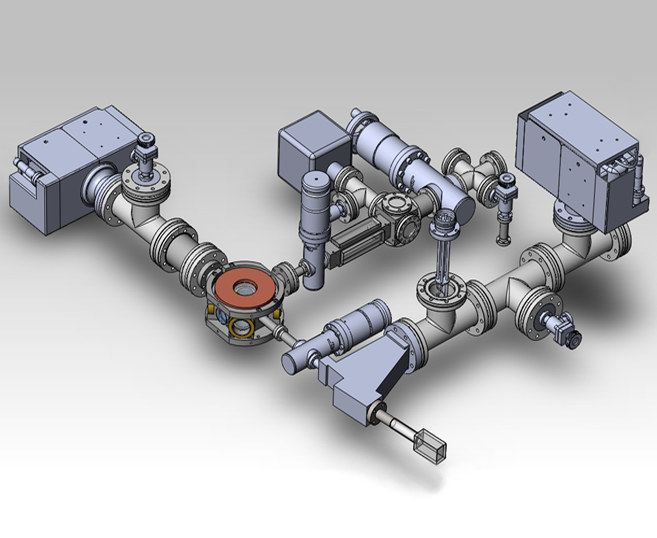 |
We report the realization of a Bose-Einstein condensate of 39K atoms without the aid of an additional atomic coolant. Our route to Bose-Einstein condensation comprises sub-Doppler laser cooling of large atomic clouds and evaporative cooling in an optical dipole trap where the collisional cross section can be increased using magnetic Feshbach resonances. Large condensates with almost 106 atoms can be produced in less than 15 s. Our achievements eliminate the need for sympathetic cooling with Rb atoms, which was the usual route implemented until now due to the unfavorable collisional property of 39K. M. Landini et al., |


Pushing the limits of atom interferometry...The system we want to realize is a Mach-Zender spatial interferometer operating with trapped Bose-Einstein condensates (BECs). Phase diffusion caused by interatomic collisions are suppressed implementing BECs with tunable interactions in ultra-stable optical potentials. Entangled states can be used to improve the sensitivity of the sensor beyond the standard quantum limit to ideally reach the ultimate, Heisenberg, limit set by quantum mechanics. Our project aims at developing a sensor with unprecedented spatial resolution able to compete with, and eventually overcome, state-of-the-art interferometers with cold (non condensed) atomic waves.
